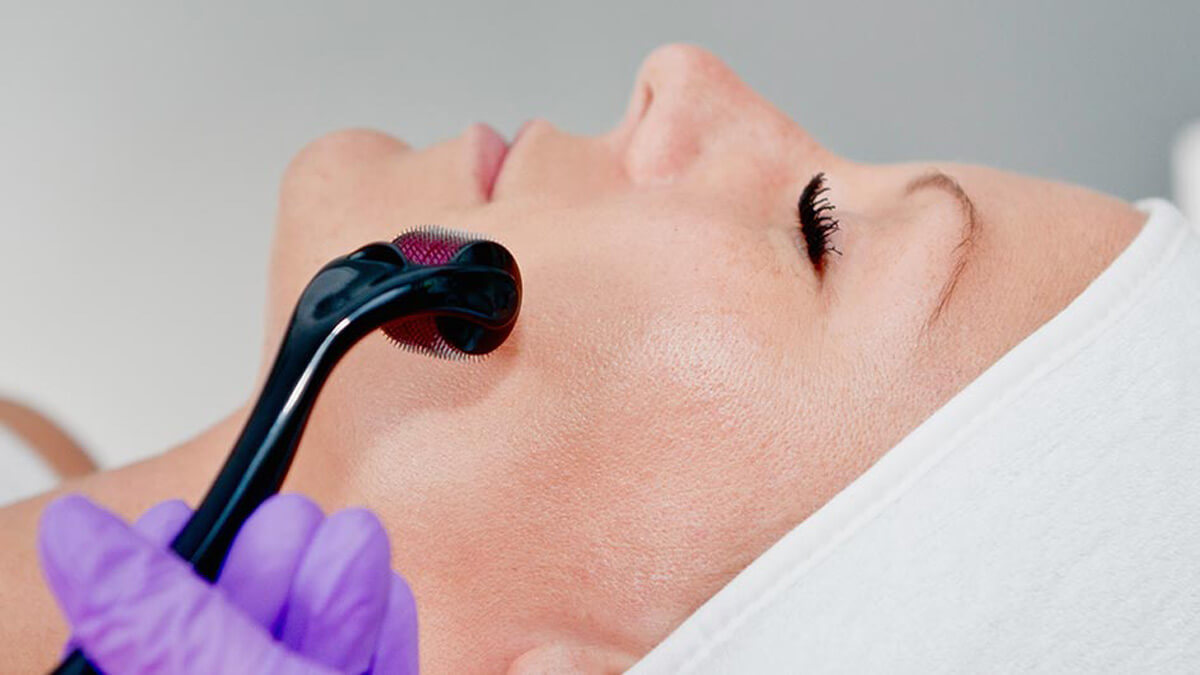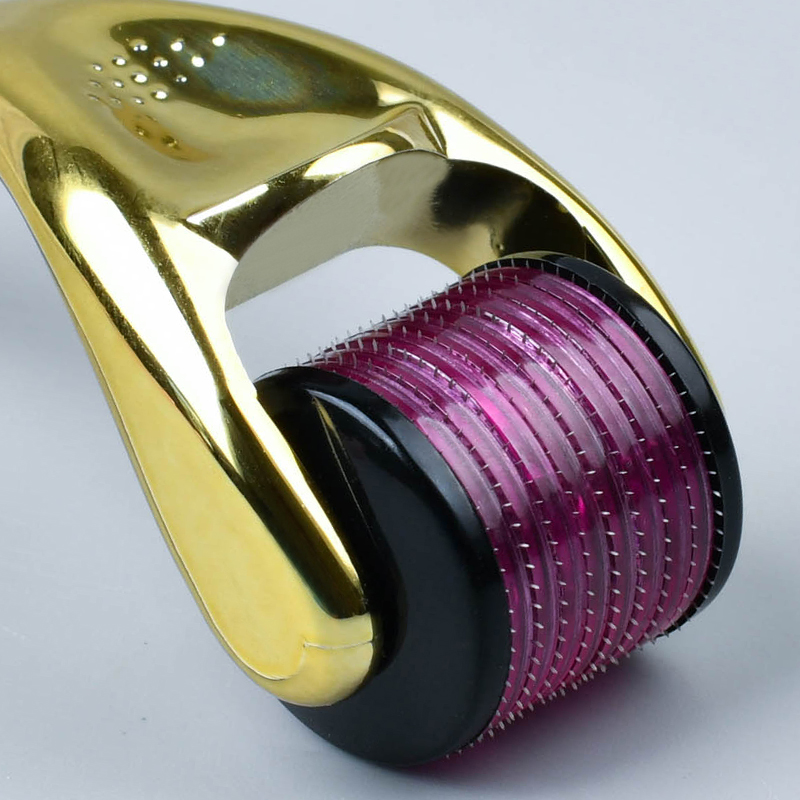

How do You Choose the Right Derma Roller?
Want to use derma roller? While you can buy longer needles for home use, it’s best to stick to cots with needles that are less than 0.5mm long. Any needle longer than this length carries a higher risk of skin damage and is best left to a professional. Don’t forget to do your research. Only buy from trusted websites and stores, and check that the product is properly sterilized before it reaches your hands.
How to Choose the Right Serum?


If you decide to use a serum on your skin roller, choose one that benefits your face as it penetrates the skin. Some serum components can cause adverse reactions if further into the skin. Avoid potentially irritating retinol and vitamin C. Choose products rich in hyaluronic acid.
These serums will seal in moisture and assist in the regeneration process that can improve skin tone and texture.
About Derma Roller Use
Thankfully, leather rolling isn’t too complicated to master. Stick to these simple steps for a sterile, effective experience.
Prepare
To reduce the chance of bacterial transfer, clean your skin and rollers thoroughly. Wear gloves if possible. When making your skin less susceptible to sun damage, it’s best to do a dermal roll at night.
If you stick to this evening routine, you may want to consider a double cleanse to remove the oil and grime that builds up on your skin during the day. To clean a leather roller, soak it in an alcohol solution. Then dry and place on a clean paper towel.
process
If using serum on your top roller, apply the product to your face before starting work. The scrolling method consists of three parts: vertical, horizontal and diagonal movement. Start by rolling the dermal roller up and down the forehead, cheeks, and chin, making sure not to apply too much pressure.
Then, switch to horizontal motion, then diagonal motion. Do this for no more than 2 minutes.
Keep away from the eyes, and use extra caution in sensitive areas such as the nose and upper lip.
Aftercare
After rolling, apply the same serum again or choose another moisturizing or anti-aging product. Just make sure the ingredient list doesn’t include retinol or vitamin C. Since your skin may be more sensitive after a dermal roll, it’s best to apply sunscreen.
You should also avoid makeup, hot baths, or exercising for the next 24 hours.
clean up. Be sure to clean your leather rollers after each use. Disinfect it with a 70% isopropyl alcohol spray. You can also soak the rollers in a weekly hot water solution and denture cleaning tablet.
Do not let other people use your roller and change it at least every 3 months to prevent blunt needle irritation.
How Often Should You Repeat this Process?
Start once a week and see how your skin responds to the needles. If everything looks good, you can increase the frequency to 2 or 3 times a week. Just make sure you don’t exceed the 2 minute limit each time.
When Will You See Results?
The longer you scroll, the more likely you are to see a difference. Take stock after 6 to 12 weeks of regular dermal rolling. If you’re trying to improve signs of aging or scarring, Kearney notes, it can take months to see noticeable changes. Results also depend on age and the amount of skin elasticity.
When Should You Consider In-Office Microneedling?
Some experts recommend always visiting a professional. A dermatologist can evaluate the skin during surgery and adjust settings to prevent damage and injury. If you want to improve fine lines, wrinkles or scars, it’s definitely worth a visit to a dermatologist’s office. Their needles can penetrate the skin up to 3mm, making visible results more likely. Microneedling in the office with a disposable needle results in a more “ideal” microinjury perpendicular to the skin surface.
This is compared to a dermal roller, which may “inflict more trauma to the skin [by creating] larger and fewer holes as the needle enters at an angle and exits at an angle.”
At Last
Although dermatologists report many benefits of microneedling, most of the research comes from small studies. There’s even less concrete evidence when it comes to home skin rolling – although users generally notice positive results. While this technique deserves further exploration, it’s worth trying DIY if you’re looking to elevate your skincare regimen. If you are in any way concerned about the effects on your skin or wish to address more complex issues, seek advice from a dermatologist.
